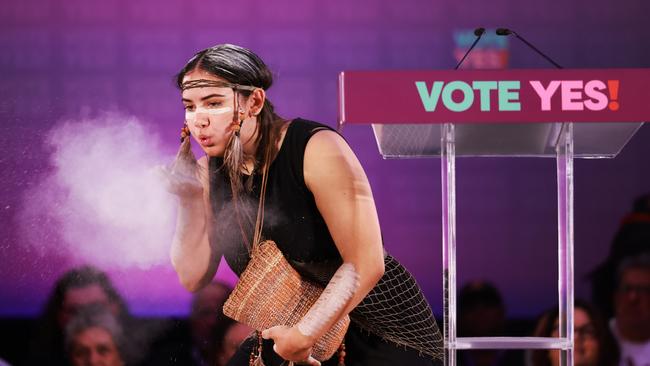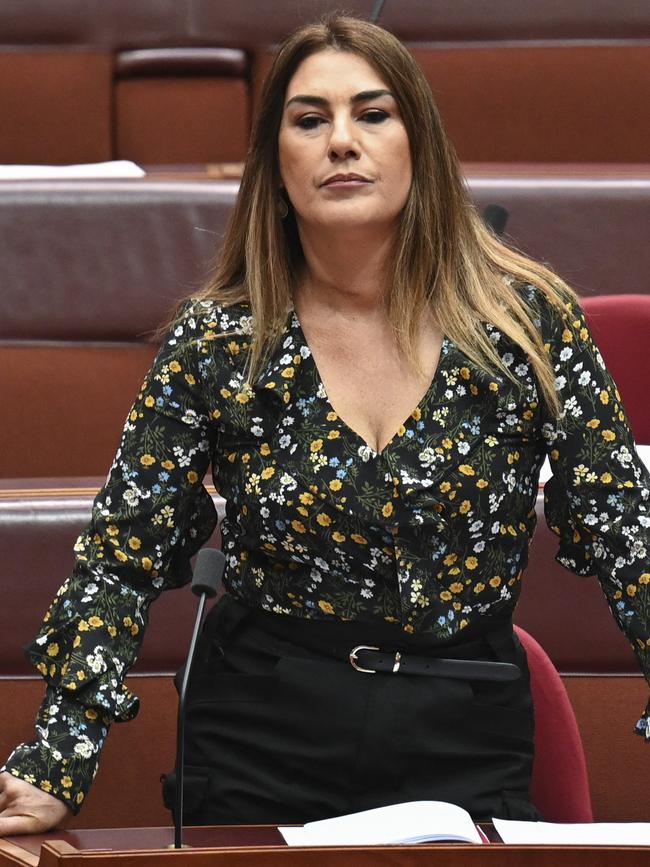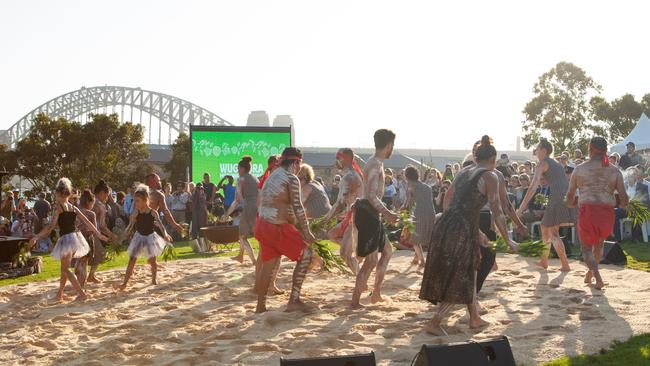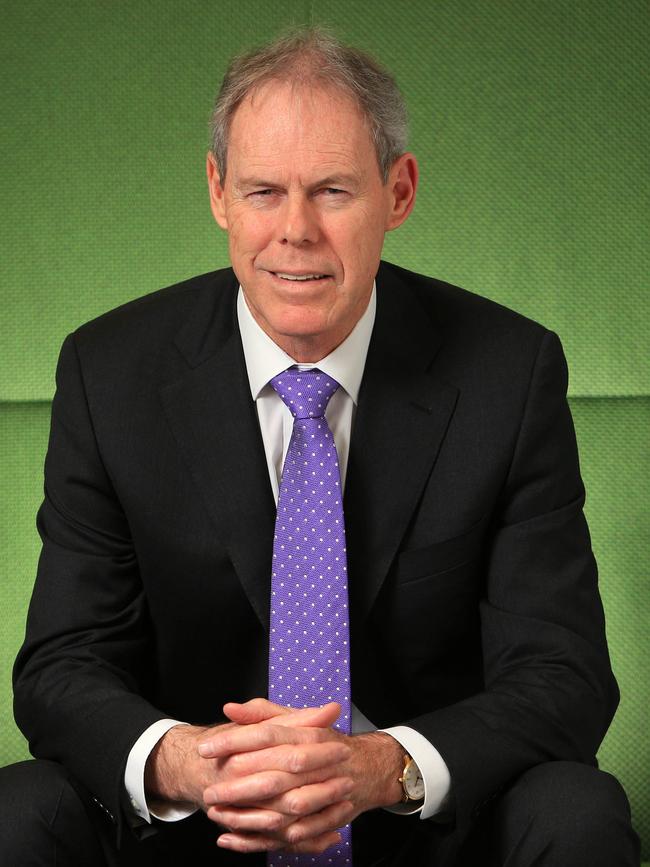‘Reconciliation’ agenda might make us feel good. But it does nothing to close the gap


Judge: “Mr Marshall Hall, is your client familiar with the doctrine res ipsa loquitur?
Marshall: “My Lord, in the remote hills of County Donegal from where my client hails they speak of little else.”
How many Indigenous people living in squalor and disadvantage speak of reconciliation?
The man from County Donegal could at least learn that res ipsa loquitur is Latin for something that speaks for itself.
Reconciliation doesn’t have a settled meaning. It’s a slogan, a deliberately vague catch-all phrase often used by Indigenous elites to harvest white guilt for a broad “rights” agenda that included the now failed voice proposal.
There are two Indigenous projects on foot in Australia. One is called “reconciliation”. The other is called “closing the gap”. The former demands special rights for Indigenous people in the name of reconciliation. The second demands equal opportunities for every Australian.
Reconciliation secures nice job titles, influence, headlines and newspaper inches to a small group of educated and well-positioned Indigenous people. Closing the gap is dedicated to getting disadvantaged Indigenous people into jobs, making sure they live in safe homes, go to school, finish school, have access to health services, train or study for a job that will enable them to live as other Australians do, so they are equipped to take responsibility for their lives, and the families they will have.
Reconciliation premises “self-determination” on special rights, that, by their nature, divide the nation in two. Closing the gap is the richest and most empowering form of self-determination; it aims to equip Indigenous Australians with opportunities so they can determine their own life – just as other Australians can do.
To the extent that it means anything, reconciliation conjures up images of two warring parties in need of a settlement. But that is not Australia. A small fringe of activists – Indigenous and non-Indigenous, people such as Lidia Thorpe and a host of academics – may choose to think they are at war with what the High Court has said about Australia as one sovereign nation, when they demand co-sovereignty. But that’s a fringe dispute; it gets the juices flowing at UN gabfests or inside Australia’s law schools where law has been trumped by politics.

None of this helps disadvantaged Indigenous people. We know that because official Closing the Gap numbers are still bleak. It’s much easier for big Australian companies and government departments to fall for the reconciliation racket and trot out “reconciliation” slogans than it is to show genuine interest in finding solutions to Indigenous people who die younger, leave school earlier, end up in prison and live in unsafe homes at higher rates than non-Indigenous people.
How anyone can push a special rights agenda camouflaged as “reconciliation” when Indigenous kids continue to commit suicide at higher rates should be a cause for shame. This national shame is compounded by the fact that failed policies continue to dominate the Indigenous policy area. This shame will only end when every program, activity or other measure or current action is rigorously tested for success with a simple question: Does it close the gap for those in need in any meaningful way?
The Albanese government is in hiding. It talks about reconciliation and closing the gap, and is doing neither. It tried the voice and failed. It refuses to take the advice of Jacinta Nampijinpa Price and conduct a thorough and brave audit of all Indigenous programs and policies. That nationwide audit should include Reconciliation Australia and its monopoly over these things called “Reconciliation Action Plans” that 2700 companies and other groups have embedded in their workplaces.
After writing about this organisation on the weekend, I have learned even more about the separatist sentiment at the heart of the “reconciliation” industry. I heard from many, many readers who work in companies that have a RAP.

One described it this way: “It’s the … equivalent of the Monty Python sketch of monks hitting themselves in the head with a block of wood in time with their Gregorian chants.” Another asked how disadvantaged Indigenous people can “gain self-determination and a bright prosperous future when everything is controlled and won by land councils and other organisations”. Another said that “reconciliation is something you want when you’ve been to uni”. It’s not front and centre for people who don’t even have personal safety.
I learned too that Gary Johns, a former Labor minister in the Keating government, has been trying to advise companies that many RAPs sanctioned by the reconciliation police at Reconciliation Australia are worse than worthless; they divide the country with a separatist agenda and do nothing to improve the lives of Indigenous people who genuinely need help.
Johns, chairman of Close the Gap Research, surveyed 62 RAPs and recorded the results earlier this year. He found a “significant” failure among many RAPS to mention closing the gap, while many focus on RA’s separatist agenda. Johns said they “favour identity over solutions”.
Johns found that the Civil Aviation Authority’s RAP introduced Indigenous language lessons and distributed Acknowledgement of Country cards to more than 800 of its staff members, while property group Stockland includes an annual “Cultural immersion” experience for staff in its RAP.
Johns wants companies and other groups to answer a simple question: Does your RAP close the gap? He found that the Office of Parliamentary Counsel, the department responsible for drafting laws, says it has adopted a RAP because “the majority of Australians are the direct beneficiaries of the removal of land and power from Aboriginal and Torres Strait Islander people”. Johns says that “despite (this department) being on their reconciliation journey since 2007, not one of their 100 staff identified as Aboriginal”.

Johns found the reconciliation journey of Victorian law firm Hives Legal includes making radical statements that sovereignty has never been ceded, “but employed no Aboriginal person on their professional staff”. “Instead, it purchased artwork for the office and children’s books for its staff.”
Johns found that some companies are doing terrific work. The Education Department in South Australia is running intensive family services programs to re-engage kids with school. But why is a RAP necessary for such work, asks Johns. “And why is this a reconciliation activity?”
Other RAPs, says Johns, are “painful to read”. They are full of sweeping assertions and radical statements that bear no relationship to their workplaces. Johns says Lend Lease’s RAP states that “data” continues to show the most successful programs to generate ‘closing the gap’ outcomes are created and delivered by First Nations community-controlled organisations”. That sounds terrific. Except, Johns notes, that “there is no evidence that this is true”.
Johns’s conclusion is that welcomes to country, acknowledgements of country, snippets of language, radical statements endorsing separatism, and Disney-like cultural training “are not likely to close the gap or reconcile anyone to anything”.
He told me this week that he has spoken with around 20 organisations that are thinking of doing a Reconciliation Action Plan. He suggested they “stop and ask: Does it close the gap?”.
Ultimately, he was met with silence. They would rather tick a box with a RAP.
Noel Pearson once addressed the need to expose the “the soft bigotry of low expectations”. It’s high time we exposed the same bigotry of low expectations pursued by groups that span big and small Australian companies, aviation authorities, government departments, local councils and even the parliamentary drafting office in Canberra.





The demand for “reconciliation” from Indigenous elites a year after the voice referendum reminds me of a famous courtroom exchange involving esteemed orator and English criminal barrister Sir Edward Marshall Hall KC.